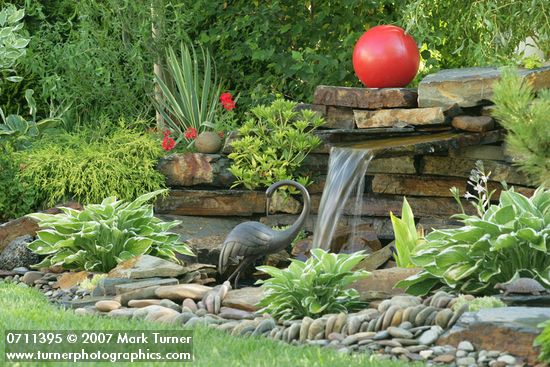Back in August I visited two families in central Oregon that grow incredible vegetable gardens. Jim and Ardyce Swift, in Terrebonne, extend their season with two greenhouses for winter vegetables. They showed me snapshots of tomatoes and strawberries ready to pick in the middle of winter. Of course, their propane bill for the greenhouse is more than for their house. Lance and Jennifer Barker grow most of the vegetables they eat in their Bear Valley garden at 5000 ft. elevation about 20 miles south of John Day. Officially, they have no frost-free months. Lance is the primary gardener and over the years he’s learned which varieties work and numerous techniques for extending the season.
When I got home I was motivated to put some effort into growing fall and winter vegetables in our own garden. Bellingham has a pretty easy climate for fall crops, but it’s important to get them in the ground soon enough. Fall gardening doesn’t mean planting in the fall, but harvesting then. Planting seeds in mid-summer means the soil is nice and warm so they germinate quickly as long as you keep the soil moist. That means daily watering since we don’t get rain in the summer. I had to break my deep-seated prejudice against watering every day, but I’d seen what it could do in lots of east-side gardens this year.
On August 12 I spaded, cultivated, and worked a couple of wheelbarrows full of organic matter into three of our vegetable beds. Then I planted ‘Garden Babies Butterhead’ Lettuce, ‘Bright Lights’ Rainbow Chard, ‘Romeo’ Round Baby Carrots (all from Renee’s Garden) in one bed. In another bed I planted ‘Tyee Hybrid’ Spinach and ‘Early Dividend Hybrid’ Broccoli (both from Territorial Seed Company). Along the garden fence I planted ‘Cascadia’ Snap Peas (Territorial) and ‘Heirloom Cutting Mix’ Lettuce (Renee’s).
It’s been a month, and we’re just about ready to start eating spinach, chard, and lettuce thinnings. Here’s part of the spinach patch:
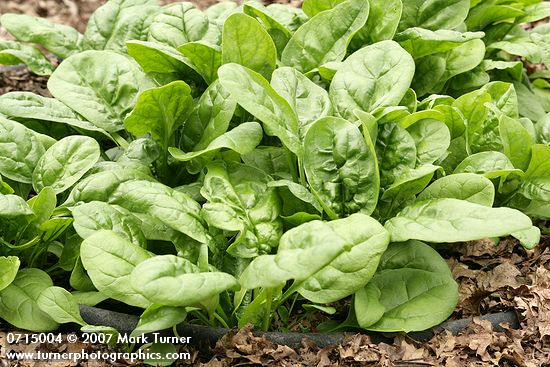
A week later, on August 19 I prepared and planted another bed and worked a fall crop into holes in a summer bed. I put in patchs of ‘Winterbor Hybrid’ Kale, ‘Bull’s Blood’ Beets, ‘Altaglobe’ Radishes, and ‘Melissa Hybrid’ Cabbage (all from Territorial). They’re all going strong, too.
The organic matter I worked into the beds included partly-composted leaves and garden debris. My compost piles almost never get hot enough to kill all the weed seeds, so I’ve had to pull lots of little weeds from around my vegetables. It really doesn’t take long to pull them and gently cultivate the soil with my fingers when the weeds are tiny. The work provides a nice break from sitting in the office working on captioning photos. I also had to put down slug bait since new little vegetable plants are a slug delicacy.
Now that the plants are coming along, I’ve got new photo subjects as well. It’s rather nice to be able to grow my own subjects, and then when they’re big enough pick and eat them. Shooting in my garden forces me to look closely for the weeds and get them out of the way. I also select for the nicest-looking plants. They may taste the same with a few bug holes, but they don’t look as good. I get down close to ground level to photograph the new plants since I think they look better from the side than from straight down. Recently, I’ve been using my Canon 90mm TS-E tilt-shift lens to control the plane of focus, sometimes with an extension tube to get closer.


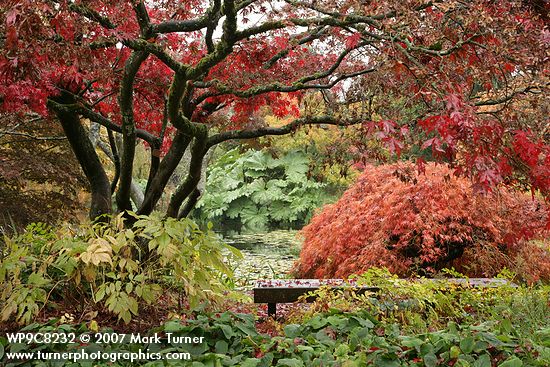
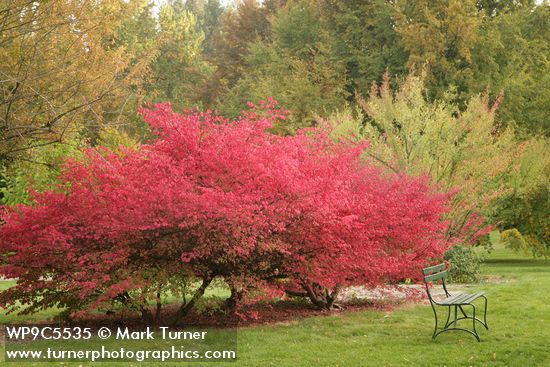



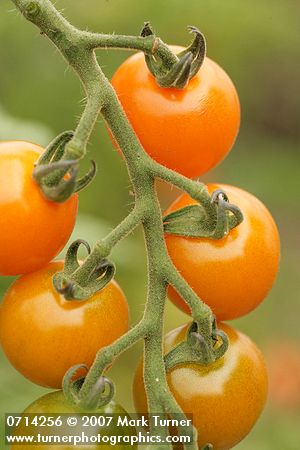 Bellingham can be a slightly challenging place to grow tomatoes because we don’t get a lot of summer heat. Our garden is situated in the triangle between two streets so the microclimate is slightly warmer than some other vegetable gardens in town. We grow our tomatoes from seed, starting them inside in the spring and then transplanting them out in May. We use wall-o-waters around them to get them going. This year we were a little slow getting them in the ground so we didn’t have any ripe tomatoes until after the first of August. We like to have them by the last week of July.
Bellingham can be a slightly challenging place to grow tomatoes because we don’t get a lot of summer heat. Our garden is situated in the triangle between two streets so the microclimate is slightly warmer than some other vegetable gardens in town. We grow our tomatoes from seed, starting them inside in the spring and then transplanting them out in May. We use wall-o-waters around them to get them going. This year we were a little slow getting them in the ground so we didn’t have any ripe tomatoes until after the first of August. We like to have them by the last week of July.